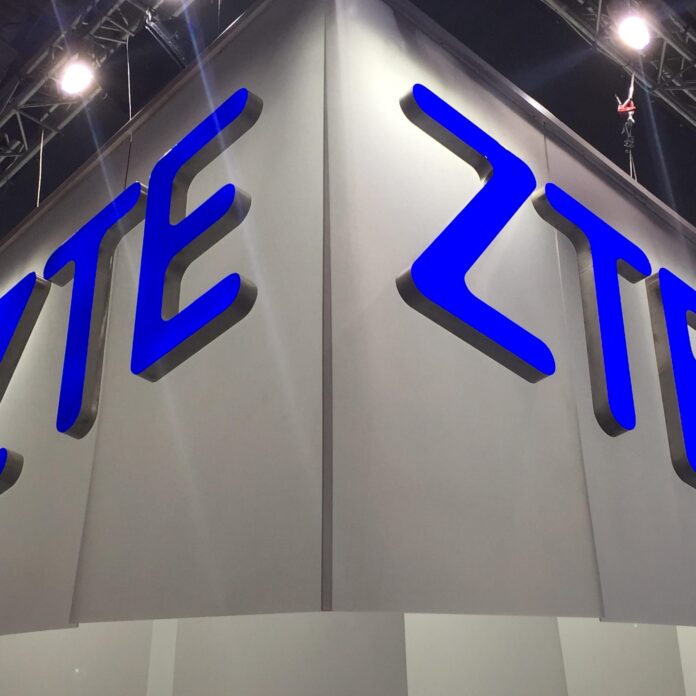The new ZTE strategy takes into account trends including virtuality, openness, intelligence, cloudification and IoT
Chinese vendor ZTE Corporation has unveiled its M-ICT 2.0 strategy that will guide the company for the next five years. According to the company, the M “encompasses multiple dimensions, capturing the characteristics of inter-connectedness, be that person to person, person to machine or machine to machine.”
The vendor explained that the M-ICT 2.0 strategy is geared towards helping businesses seize opportunities in an economy defined by the emergence of the sharing economy and the increasing use of peer-to-peer networks, and dependence on the pervasive range of cloud computing platforms and services.
ZTE’s M-ICT 2.0 strategy includes five key trends the firm believes will play critical roles in the ongoing global economic transformation. These trends are virtuality, openness, intelligence, cloudification and the internet of everything (VOICE).
Over the next five years, ZTE will focus on these key trends and the individual and interconnected impacts of each trend as they develop products and services.
“Guided by the strategies and solutions embodied in M-ICT 2.0, ZTE will drive the rapid, sustainable development of the global ICT industry,” ZTE’s CEO Zhao Xianming, said “As we capitalize on the VOICE trends, we’ll be boldly trying new business models, while reinventing existing practices to capture major market opportunities for ZTE, our partners and customers.”
Internet of things
In the internet of things (IoT) field, the Chinese vendor believes that despite the boom in applications for IoT, the application fragmentation problem needs to be solved through greater industry collaboration and cloud computing.
“The IoT industry supply chain is more complex, but currently it is only implemented in some simple scenarios or in an isolated manner, which is limiting the wider industry impact. Thus, collaboration is an absolute must,” ZTE said in a white paper.” IoT applications require more openness and cooperation. The IoT business model needs to be innovated for further IoT service deployment and industry ecosystem development.” ZTE also said that IoT applications need to be combined with cloud computing.
To achieve this, the Chinese company has extended connections and terminals, developed the platform, and focused on key industry applications.
ZTE also said it has focused on the development of an IoT platform and that it aims to provide IoT platform services through the cloud.
The terminals include smart components and connection parts (chips, OSs, modules, and gateways). The NB-IoT, LoRA, eMTC, and ECGSM technologies and relevant solutions are implemented for network connections.
Also, ZTE said it has adopted four areas of focus to meet the cloud computing opportunity: acceleration of terminals and pipes, IT upgrade, platform cloudification, and operation extension. Under this new strategy, ZTE will provide advanced cloud computing infrastructure products and solutions for customers, and will also explore and develop cloud services.

